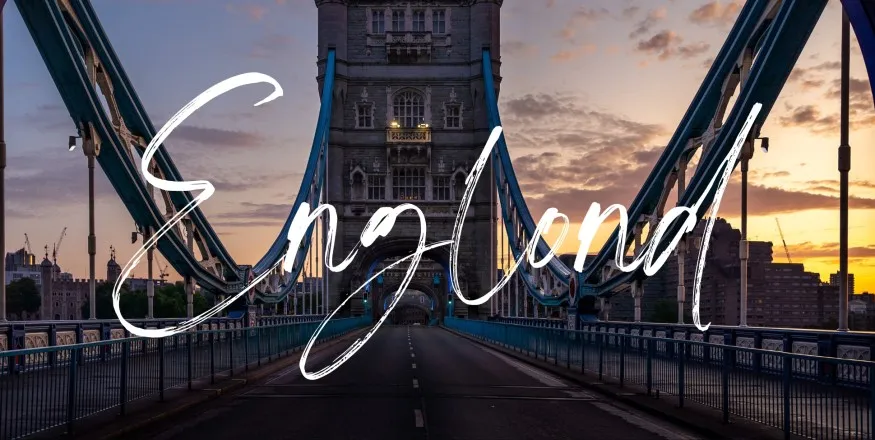Riesling, known to some as Rossling, finds its origins in the picturesque vineyards of the Rhine. It’s a dry white wine, often favoured by the young for its crisp acidity, its delicate balance of sweetness, and its bold, fruity aroma that lingers on the palate. It’s a wine that pairs effortlessly with an array of dishes, quietly unveiling its charm, sip by sip.
Many believe that Riesling is best enjoyed in its youth, yet I once encountered a bottle that had weathered the passage of over thirty years. While I didn’t have the privilege of tasting it, an old family friend, who could only be described as a seasoned aficionado, remarked that everyone has their preferences when it comes to wine. The young, he mused, often prefer the youthful exuberance of a fresh Riesling—a perfectly understandable choice. But as time goes on and one settles into the rhythms of life, the palate matures, often seeking something deeper, more complex. For him, it was aged Rieslings that held a particular allure—a taste that, much like time itself, had grown more profound with age.
There is, after all, a certain comfort in nostalgia. We find ourselves yearning for a particular year, a certain place, or the faces that once filled our lives. Perhaps, in collecting wines of a particular vintage, we are not simply gathering bottles but rather holding onto the memories they represent—the places, the people, the emotions of those bygone years.
In modern society, “fashion” and “taste” have become the twin pursuits of a generation obsessed with labels. But pause for a moment—what truly is fashion? What is taste? Fashion, undoubtedly, is the fleeting signature of an era, a reflection of the times we live in. And yet, we’ve somehow come to equate taste with the accumulation of expensive brands, as if the price tag could serve as a substitute for true refinement. It’s a curious misjudgement, repeated time and again, by those who pour their hard-earned money into the latest luxury trend, mistakenly believing that this is what it means to be discerning.
It’s a sad irony, really. The British, after all, were among the first to dismantle the rigid class system, recognising that labels were but an illusion. True fashion, they knew, was about moving with the times, not shackling oneself to the shallow pursuits of wealth and status.
And yet, the labels persist—insidiously, in places where they least belong. Consider the world of employment, where a person’s university or CV often outweigh their actual talents. Employers, it seems, are more interested in the brand than in the individual behind it. And while I shan’t criticise those who choose to play by these rules, it seems to me that a true leader, in business or otherwise, ought to value substance over style. A person’s worth, after all, is not defined by the school they attended or the titles they’ve acquired, but by their potential, their character, and their ability to grow.
A bottle of wine, like a person, is born into a particular time and place, its label a reflection of its origins. And yet, not every bottle is destined for greatness. Each year, countless wines are produced, but only a select few will earn their place among the revered. The rest may go unnoticed, overlooked, their labels dismissed without a second thought. In much the same way, we are bombarded with labels in life, and even the most astute among us can fall victim to the so-called "paradox of choice."
During a holiday in Germany, I met a marksman who said something that has stayed with me. “A skilled shooter,” he said, “never blames his equipment. It’s the person, not the tool, that makes the difference.” And I couldn’t help but think that wine lovers are much the same. The true connoisseur doesn’t simply chase after the most expensive bottle. Rather, they seek something that resonates with their own personal taste, something that tells a story. Yes, the wines of Germany, France, and Italy carry a rich history, but newer wine regions also have their own distinct tales to tell.
Still, there are many who remain dazzled by price, believing that the costliest wine must surely be the best. But true fashion and taste are not found in the price tag; they are a reflection of one’s mindset and choices. To blindly chase what others deem fashionable is to waste not only one’s money but also one’s time. Fashion, like taste, is something to be defined by oneself—not to impress, but to indulge one’s own passions and preferences. Much like wine, the value lies not in the bottle’s worth but in the experience it offers.
Sometimes, walking into a modest winery, sampling the local vintage, and discovering the stories behind it can be worth more than all the prestige of a renowned label. There is a richness in sincerity, in genuine curiosity, in the connections forged over a simple glass of wine. In those moments, fashion and taste cease to be about material wealth, and become instead a quiet celebration of life’s simpler, yet profound, pleasures.
ns 15.158.61.54da2




















